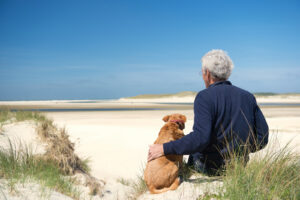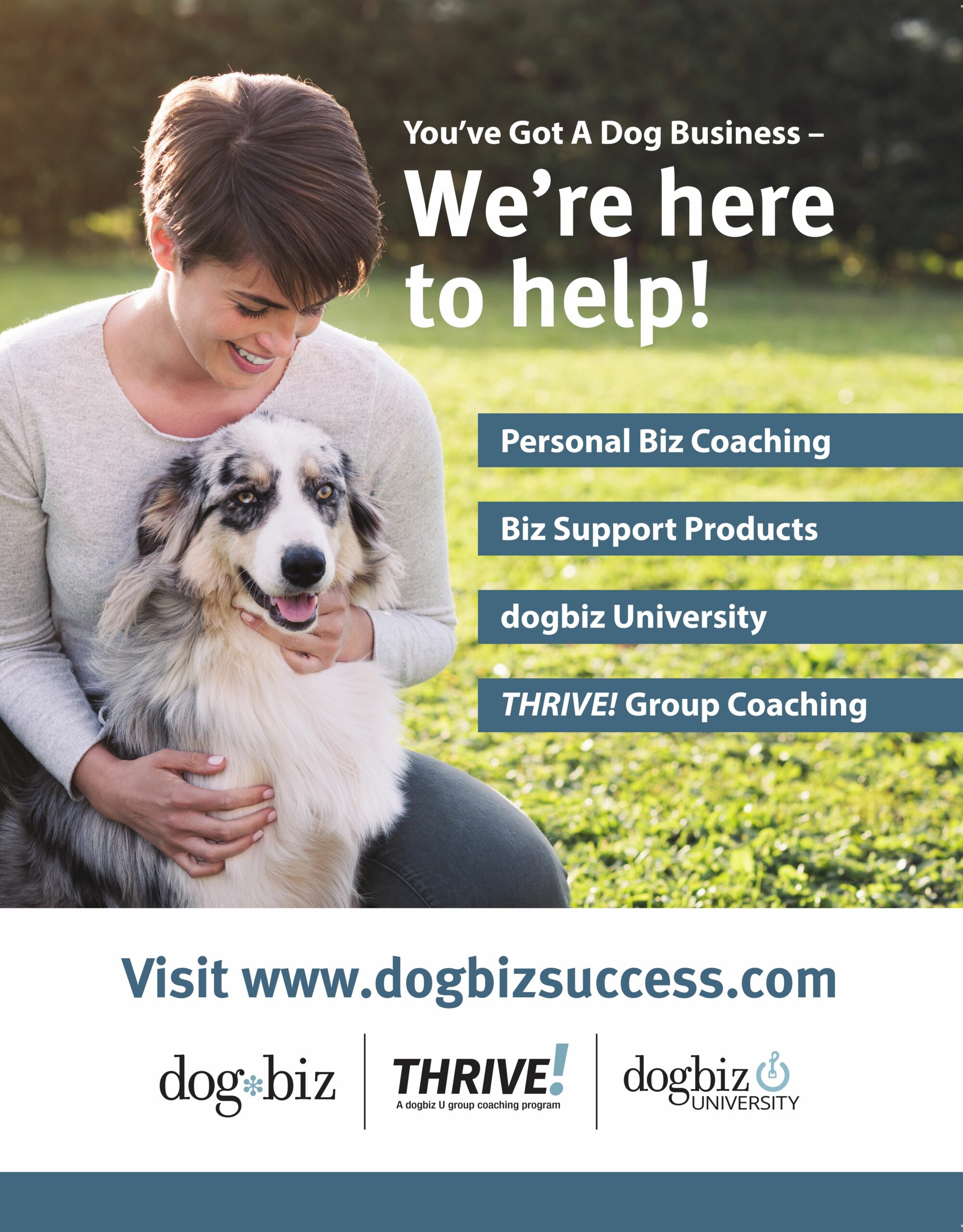Barks Blog
10 Ways To Improve You and Your Dog’s Behavioral Relationship

Sometimes we get a little stuck in a rut, same old, same old – its easy, life is fast, time is hard to come by. Have you ever sat and thought about your relationship with your dog? Too often it’s only when things go wrong that we contemplate uh oh..what can I do here to change things! How often have you looked inwardly and actually evaluated the things you do, the way your dog responds and wondered if you’re happy with the things are or whether different options exist?
1 – Sit Back, Look and Think
Set aside some time , a few minutes each day and reflect upon how you handle daily situations. Rather than simply ‘going through the motions’, think about how you respond when your dog barks in different contexts, might be growly with other dogs or anxious in different situations. What do you do, is it the same every time, is it the same protocol you’ve done for years with every dog you’ve owned, if so – why? How does your dog respond? Does he respond differently in various contexts? Start analysing what you do and how your dog reacts rather than simply viewing each as a part of your day to day pattern.
2 – Be More Dog
Observe more. Owners can often recognise blatantly overt signals such as hackle raising, erect stance, different vocalization patterns etc. Subtle signalling is not so easily heeded – gaze avoidance, yawning, ‘whale eye’, stare, tongue flick etc. a whole host of communications which demonstrate appeasement behaviour (I am no threat) to the opposite party. Similarly tail wagging is commonly mistaken to indicate a happy dog – not always so. The position of the tail can indicate arousal, uncertainty and anxiety/fear as well as a placid and calm state. Hackle raising too purely indicates that the dog is aroused. This could stem from excitement or fear for instance. The raising of hair along the back is also indicative of the dog emotional state, a bimodal pattern (neck and shoulders) is commonly seen in dogs who are fearful and a full dorsal ridge in dogs who are very confident. Body language is an incredibly complex subject and requires an assessment of the whole dog, not simply an assessment of tail position of body posture in order to understand how he is feeling. To really help our dogs, we need to be well versed in this language.
3 – Think Why, First
Being humans, we can be rash and quick to act. This can be a contributory issue to many a behavioral problem. If we would stop and ask ourselves why our dogs have just done this and then work out a solution, it would be a big help. Sadly, people may expect an immediate, quick and easy fix to a problem and forget that dogs have brains (and feelings) too.
4 – Is It You?
Unfortunately, we all have to think about our own roles! We may not be doing anything intentionally that strengthens unwanted behavior, but we play a part nonetheless – untimely reinforcement, predictive cues etc. We may inadvertently be increasing our dog’s frustration and, therefore, also arousal levels, or place our dogs in situations where they simply cannot attend to us because there is too much competition. The examples are numerous.
5 – Exercise Their Mental Wellbeing
Many dogs enjoy lots of physical activity which is great, but mental stimulation can still be lacking. Enrichment is widely available in the form of activity toys, hide and seek games, walks to new areas, scatter feeding, lick mats, frozen food games, new sports, scenting. It’s amazing how tiring mental enrichment can be, but be aware that too much can be over-stimulating for some breeds.
6 – Accentuate the Positive
Yes, you want to keep everything positive. Choose what works best for your dog – food, scents, toys or praise, there will be something that gets your dog going, you have to find it and if you’re working with a qualified behaviorist or trainer, they will help you. What you are not doing by used these methods is bribing your dog. By keeping your sessions positive, the area of your dog’s brain called the reward and motivation centre, releases dopamine. This is great because it makes your dog feel good and also improves working memory and attention. So, the more you engage in positive rewards, the more repetition of the feel good factor you have and the more likely your dog will be to repeat what you have just taught him because it made him feel so great.
7 – A Little Respite
Give your dog time out if there is something he’s battling with, before you enlist help. A prime example here is dog reactivity and anxiety provoking contexts. Try not to continue exposing him to an endless array of dogs with more and more reactive outbursts. This is stressful and will not help. Neurologically stress hormones including cortisol begin to rise and rise and only lower the threshold for reactivity. Far better to allow your dog some time out before you see professional help.
8 – Have More “You Time”
We don’t do enough of this. Bond with your dog more. Set aside 5 extra minutes to just groom him, stroke him, play with him, love him – do whatever. Dogs don’t live anywhere near long enough.
9 – New Skills
There’s always something new you can teach and dogs thrive on it! Pick something achievable but maybe useful. Maybe taking the washing out of the machine, closing doors, getting his collar or lead etc. Dogs love to use their brains.
10 – Patience
Understand your dog may need time, he is learning and it all will come. We need to step back some times and just take a breath. We may be used to everything being there automatically or immediately, but our dogs are sentient creatures who, just like people, will absorb information at their own pace and with their own ups and down – as their guardians, we must understand this.

